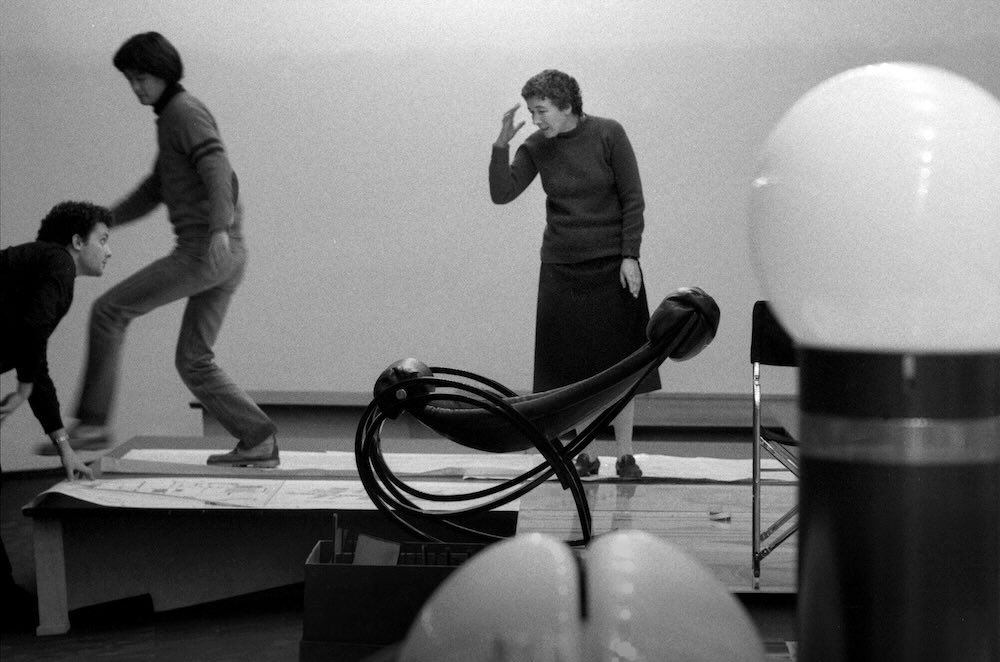Cover photo: Courtesy Archivio Cesare Colombo / Courtesy Cesare Colombo Archive
Until January 12, 2025, the Triennale di Milano hosts a comprehensive retrospective dedicated to Gae Aulenti, one of the most influential figures in contemporary architecture and design. The exhibition, titled “Gae Aulenti (1927-2012)” and curated by Giovanni Agosti with Nina Artioli and Nina Bassoli, explores over sixty years of her career, showcasing her versatile and visionary work, from urban design to exhibition design, from theatrical scenography to interior design, as well as graphics and landscape architecture.
The exhibition layout is designed as a standalone piece: it spans 13 rooms, reconstructing some of Aulenti’s most significant projects on a 1:1 scale, like the Olivetti store in Buenos Aires, the Musée d’Orsay in Paris and the Perugia Airport, using original materials preserved in the Milanese archive, drawings, photographs and maquettes. The setup aims to immerse visitors in a dynamic experience that respects and reflects Aulenti’s philosophy: an exhibition system should actively engage with the represented material, involving the viewer in a mutual dynamic of responsibility. In this particular instance, light plays a crucial role, creating atmospheres that highlight every design detail of Aulenti’s work while emphasizing the depth of her thought.
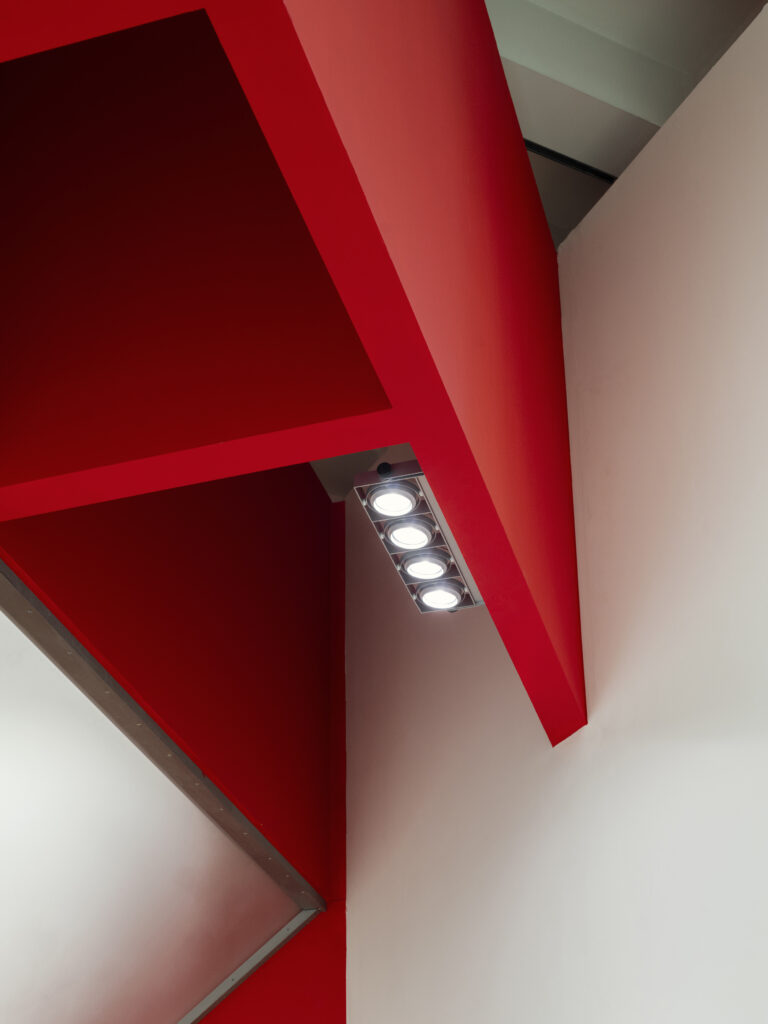
The Cestello Projector and Collaboration with iGuzzini
Yes, light: an element that Aulenti always considered fundamental in her work. Evidence of this is some lamps created in collaboration with Martinelli Luce, such as the “Pipistrello” and “Ruspa,” designed by Gae Aulenti in 1965 and 1968 and included in the exhibition. Another equally significant but less well-known project is the “Cestello” projector, created 31 years ago in collaboration with iGuzzini, which now illuminates this very Milanese retrospective. Inspired by stadium projectors, “Cestello” consists of a compact group of individually adjustable projectors without needing tracks, creating direct light from the source amplified by mutual reflections. At the time, this project marked a real turning point in the lighting industry. But how did it come about?
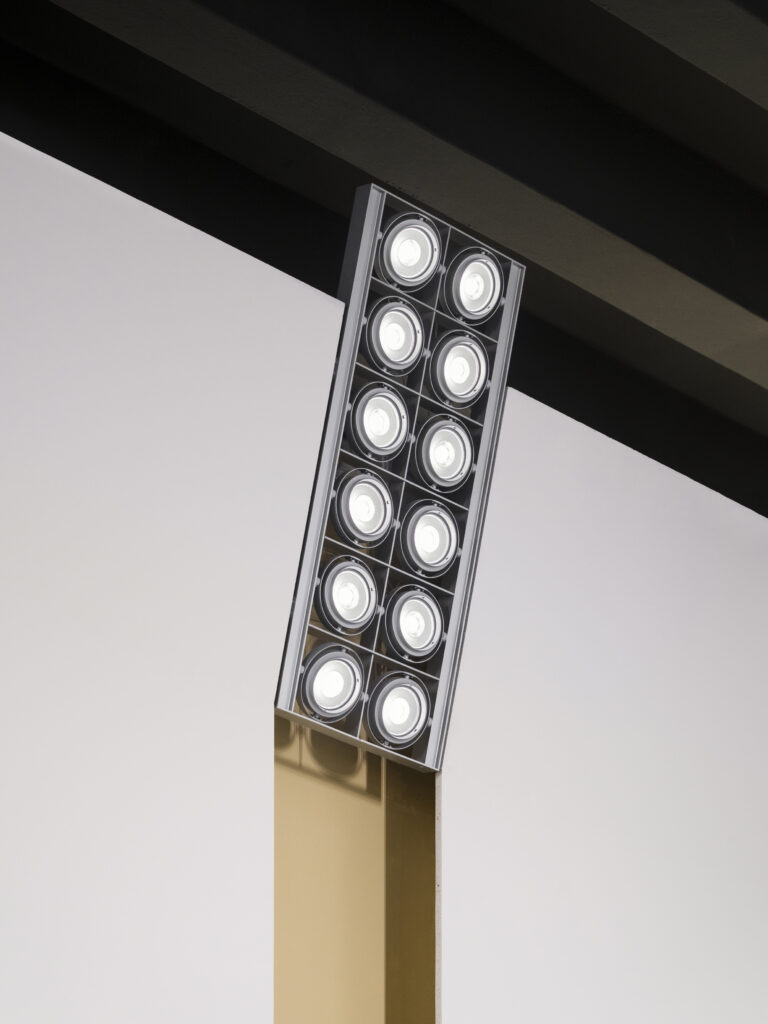
In the 1990s, Aulenti and lighting designer Piero Castiglioni – her trusted collaborator – were developing a lighting system to meet the needs of Palazzo Grassi in Venice, then converted into an exhibition gallery with a schedule of temporary exhibitions. They soon faced ideas and solutions impossible to achieve with existing commercial products: something new had to be designed. The encounter with iGuzzini, an Italian company founded in 1959 in Recanati, now a reference point in architectural and design lighting, provided the means they were looking for: shortly after, the Cestello projector became a reality.
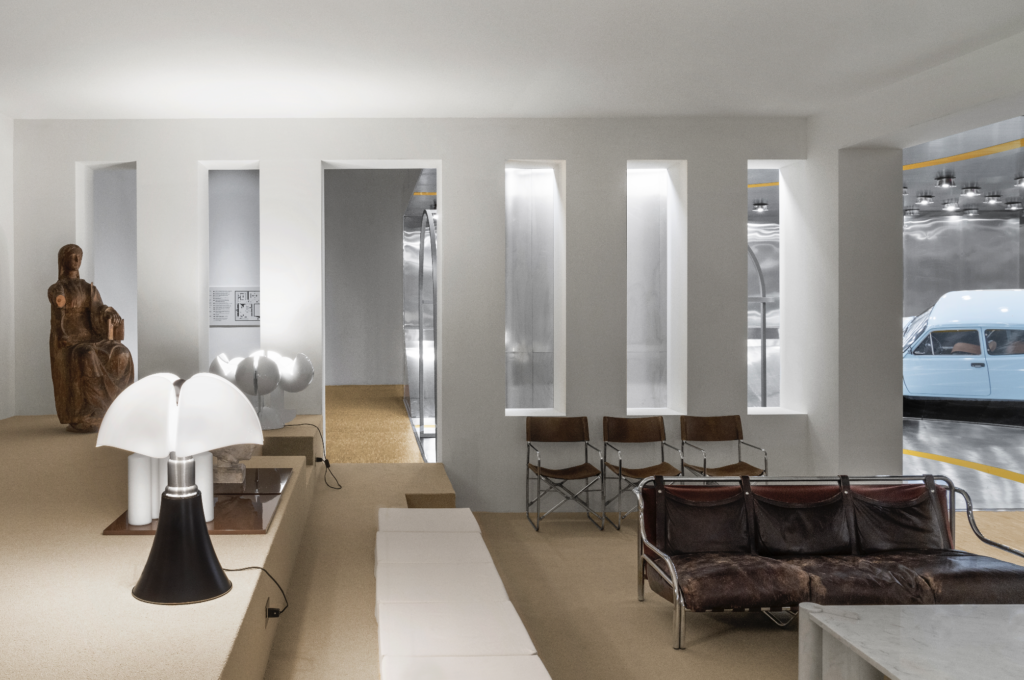
From Palazzo Grassi to the Triennale: When the Work Pays Tribute to Its Creator
Initially, the project was created almost artisanally, specifically for Palazzo Grassi, but the company from Marche, recognizing its high potential, began an engineering and industrialization process together with Gae Aulenti, Piero Castiglioni, and Fiat (then owner of Palazzo Grassi). In 1993, Cestello became a mass-produced product, sold worldwide and expanded in range to adapt to multiple applications and uses.
Since then, the Cestello projector has illuminated some of the world’s most prestigious institutions and cultural spaces, such as the Doge’s Palace in Venice, the Quirinal Stables in Rome, Le Samaritaine in Paris, and the Borghese Gallery in Rome.
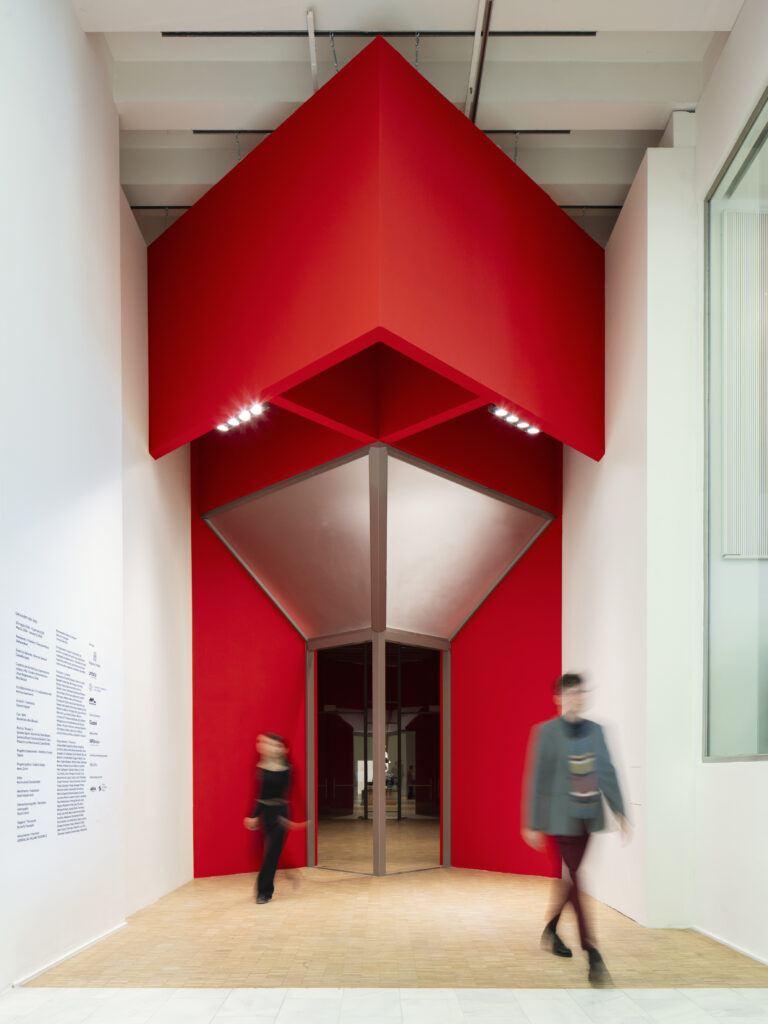
And this is why its presence within the exhibition dedicated to Aulenti, its creator, is so significant. We find it – in its numerous versions – in the first section of the exhibition devoted to “Arrivo al Mare” (an installation presented at the XIII Triennale di Milano, which celebrated and won the “Gran Premio Internazionale” for the centenary of Italy’s unification), through the iSign devices installed on the ceiling. The 1968 project of the Olivetti showroom in Buenos Aires comes to life thanks to the “Reflex” recessed lights, while the section dedicated to Christo’s exhibition at the Rotonda della Besana in 1973 uses “Underscore 15” for a soft and diffuse backlighting. In the space where we find the project for the transformation of the old Parisian railway station “a Gare d’Orsay” into the famous Musée d’Orsay, one of Gae Aulenti’s most renowned projects, completed in 1986, we find the “Palco” projectors present even before the exhibition. Finally, the Spazio Oberdan project in Milan shines with the “Frame” recessed spotlights with four square compartments.
